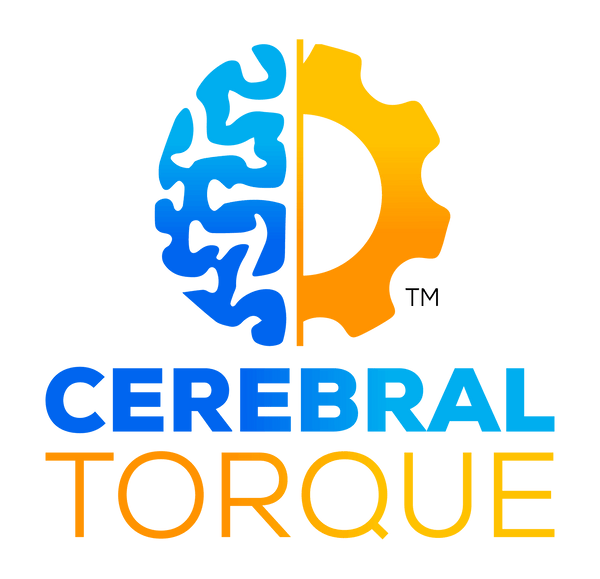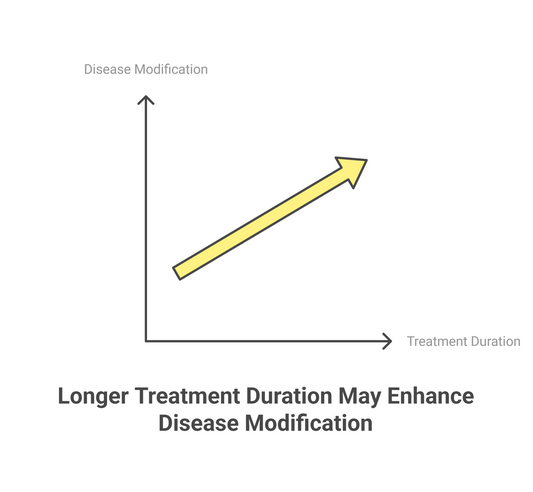
Refractory Migraine Vs. Resistant Migraine Definitions
Cerebral TorqueShare
There are no accepted, universal diagnostic criteria for refractory migraine or resistant migraine in the International Classification of Headache Disorders, 3rd edition (ICHD-3). However, several proposed criteria have been presented by groups such as the World Federation of Neurology, American Headache Society, European Headache Federation, and independent authors.
Because these are poorly defined diagnostically with unclear pathophysiology, diagnosis and treatment are often more an art than science, relying on the medical experience of the provider.
It is also important to clinically differentiate these entities from other headache disorders, especially medication overuse/adaptation headache (MOH/MAH). MOH/MAH, for example, can mimic refractory migraine by causing a chronic daily headache that is resistant to treatments. So, it would best to have criteria for refractory migraine that focuses on lack of response to preventive treatments while MOH/MAH is defined by overuse of acute abortive medications.
Moreover, the proposed criteria does not adequately address the needs of special populations like pediatrics, those of lower socioeconomic status, and those living in developing nations. Why? Treatment access impacts the threshold for diagnosing refractory migraine. For example, the criteria to diagnose refractory migraine may look different in the United States compared to Africa, where access to certain treatments like CGRP monoclonal antibodies is extremely limited. The threshold may also differ between adults versus children, and based on an individual's insurance coverage which impacts access to medications.
It is also unclear whether intolerance or relative contraindications to certain treatments should count as failures when diagnosing resistant or refractory migraine. Having multiple medication intolerances may prevent adequate trials needed to evaluate whether someone is a true non-responder.
Nevertheless, the best proposed criteria for these definitions are as below:
Refractory migraine:
- Patient has failed trials of ALL available preventive migraine treatments, including medications from these drug classes: antidepressants, anticonvulsants, beta blockers, calcium channel blockers, CGRP inhibitors, ACE inhibitors/ARBs, onabotulinumtoxinA
- Failed trials are defined as lack of efficacy even at appropriate therapeutic doses and durations, or intolerance/inability to tolerate the medication's side effects. Contraindications are also considered.
- Continues to experience at least 8 days of debilitating migraines per month for at least 6 consecutive months (therefore, it does not need to be defined as chronic migraine).
- Diagnosis requires an observation period of at least 6 months with headache diaries, not just chart review.
- Medication overuse/adaptation and comorbidities should be addressed but do not exclude resistant/refractory migraine diagnosis. Overuse and failed withdrawal attempts must be documented for refractory migraine.
- Careful differential diagnosis is needed to exclude secondary headaches or other primary headache disorders.
Resistant migraine:
- Patient has failed trials of at least 3 classes of preventive migraine medications from these drug classes: antidepressants, anticonvulsants, beta blockers, calcium channel blockers, CGRP inhibitors, ACE inhibitors/ARBs, onabotulinumtoxinA.
- Failed trials are defined as lack of efficacy even at appropriate therapeutic doses and durations, or intolerance/inability to tolerate the medication's side effects. Contraindications are also considered.
- Continues to have at least 8 days of debilitating migraines per month for at least 3 consecutive months.
- Diagnosis can be made by chart review of previous failed medication trials, as opposed to refractory migraine.
- Careful differential diagnosis is needed to exclude secondary headaches or other primary headache disorders.
Benefits of these definitions
Due to the implications that refractory migraine requires more intensive interventions, this definition should have a higher threshold for labeling. It would be unethical to provide more intensive treatments to a patient that may be controlled or have relief with standard treatment protocols. In this scenario, harm would outweigh any benefits.
Alternatively, the definition for resistant migraine should have a low threshold as to effectively treat people at risk of developing chronification and increased sensitization without wasting time. Resistant migraine patients should be seen by a headache specialist promptly while refractory migraine patients likely require treatment at a headache center.
Furthermore, the fact that there are numerical cut-off points in the proposed definitions for migraine days mimics ICHD-3 criteria for migraine diagnosis and allows concrete evidence of a clinically significant headache burden.
The definitions also do not dismiss those with MOH/MAH as they too can have refractory/resistant migraine. It is likely that refractory/resistant migraine resulted in MOH/MAH and drug withdrawal will not correct the underlying pathology.
If the ICHD-3 implements these definitions, it may allow for quicker management of difficult to treat migraine patients and, possibly, less disease burden. It is much harder to reverse chronification and sensitization than to prevent it.
Moreover, the pathophysiology behind refractory and resistant migraine are not well understood so allowing these to be part of a diagnosis will encourage more research and funding, which is necessary. With more research, we will be able to have a better understanding of treatments and protocols available for this subset of migraine patients.



